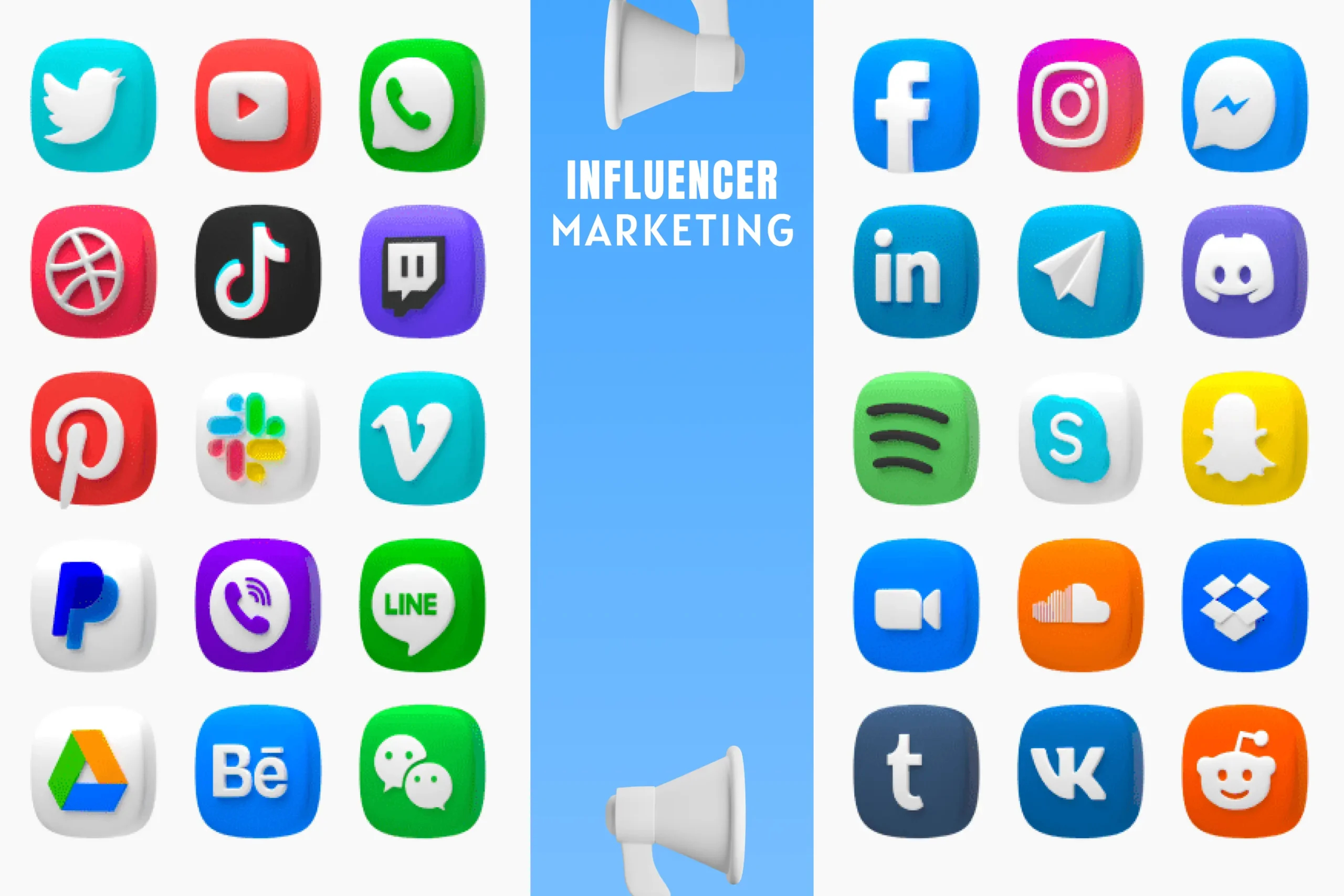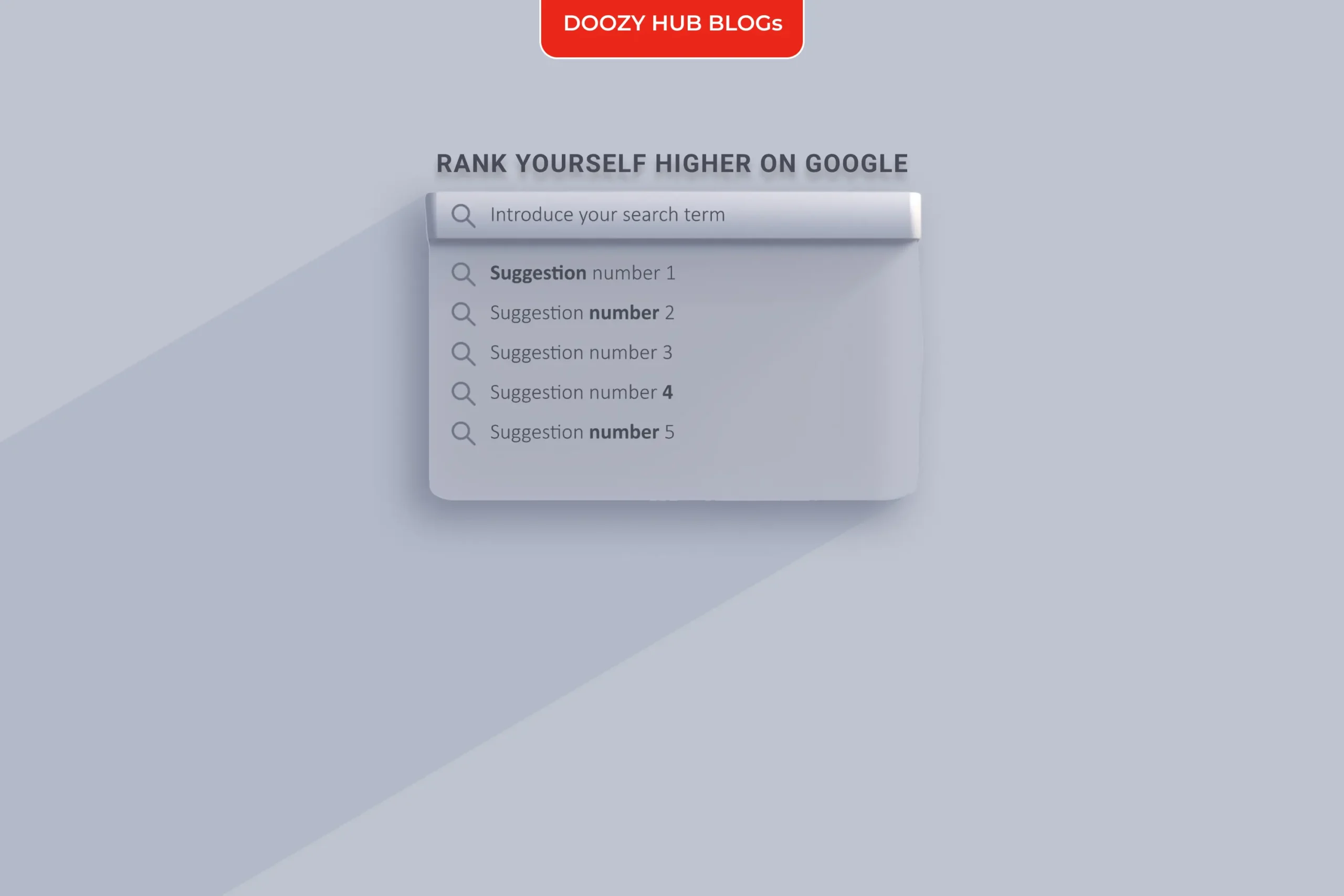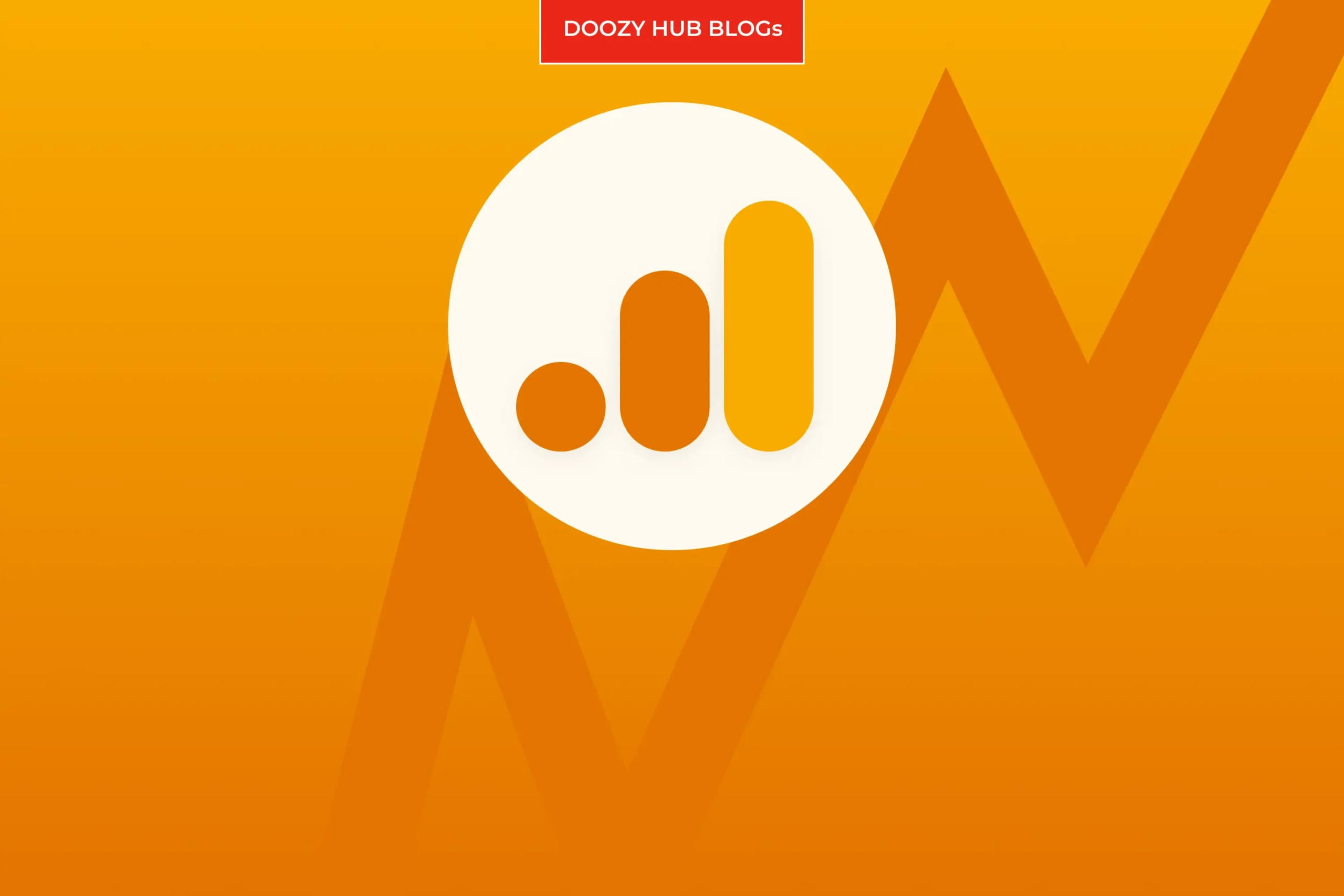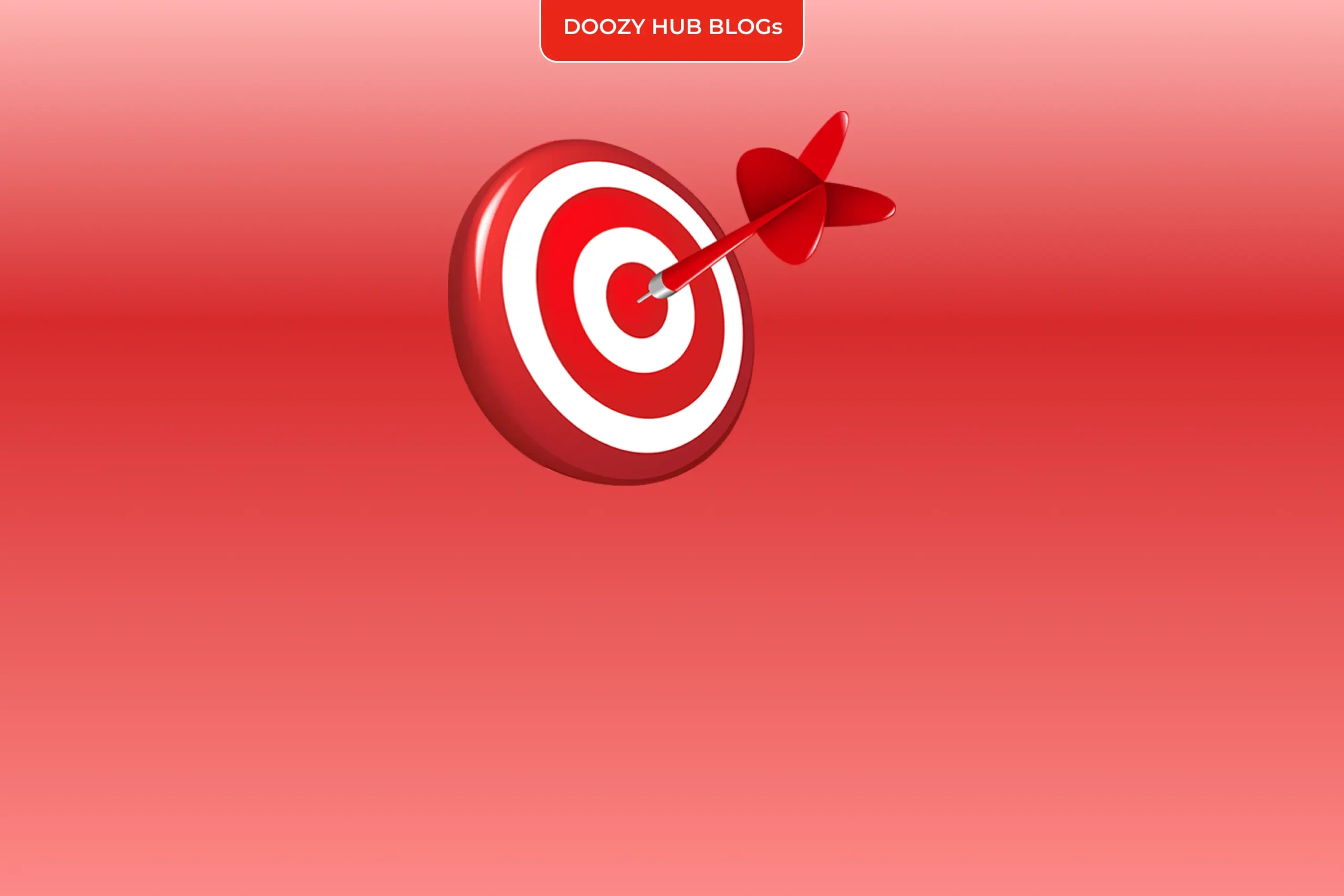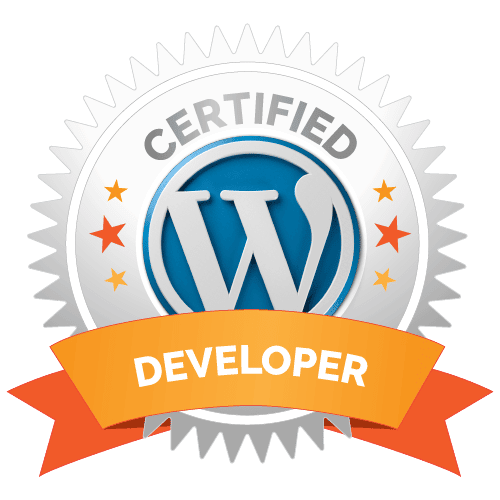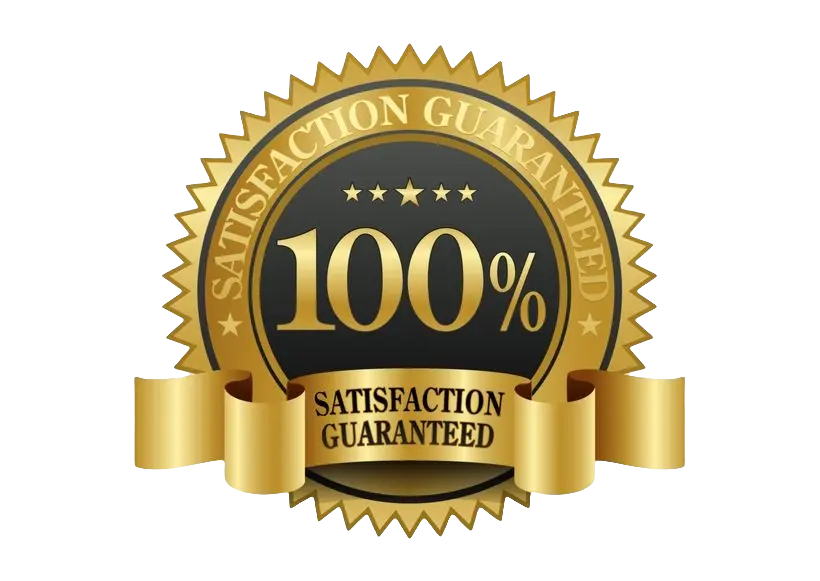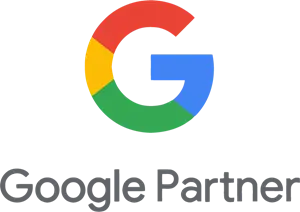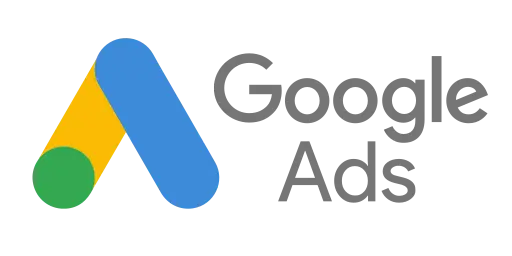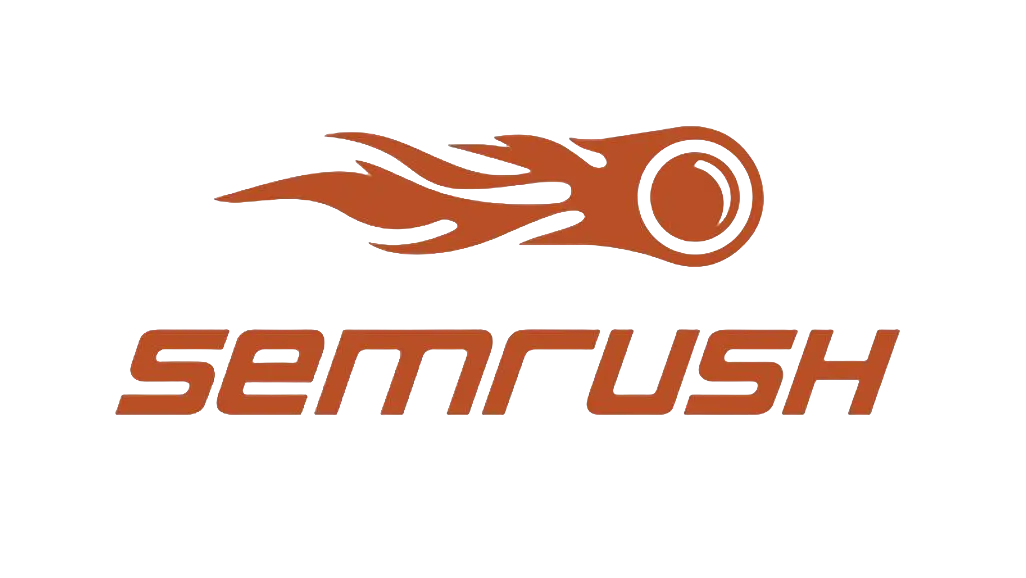As of last year, 42.7% of internet users worldwide are using ad blockers. This technology is changing the digital marketplace and means consumers can easily bypass unwanted advertising. So how are you supposed to reach your target audience if they can block your ads? You have to go through their peers — the influencers they trust and follow. Now, it isn’t a matter of if you should be utilizing influencer marketing, but rather which social media platform you should get started on.
3 Things to Determine Before Starting Your Influencer Marketing Campaign
Before you determine which social media platform to sponsor influencers on, you must define your goals for the campaign, identify your target audience, and confirm the budget. Completing these steps first will improve your influencer strategy and increase your chances of success.
Step 1: Define Your Goals
It is essential to define your campaign goals before doing anything else. Like any other marketing strategy, where you place your spending is largely dependent on your KPIs. Whether you want to drive traffic to your website, increase brand awareness, or earn conversions (product purchases, free trial sign-ups, etc.), determining your top goal will guide which social media platform to focus efforts on.
Step 2: Identify Your Target Audience
One of the best (and sometimes worst) things about social media is that you can find an influencer for nearly every niche. Whether it be knitting, true crime, or DIY renovations, you can almost guarantee that there will be an influencer in that space. With that being said, it’s important to remember that certain platforms are more popular than others for specific demographics. Identifying your target audience will help you find the best influencers, and understand which platform your intended audience is finding them on.
Step 3: Determine Your Budget
A successful influencer marketing campaign can be expensive. In an ideal world, for one campaign, you could invest ad spend in every social media platform and expand brand awareness, increase site traffic, and earn conversions.
However, this is not the case for most brands, especially those in the beginning stages of their influencer efforts. For that reason, it is necessary to determine what you are hoping to achieve, given your budget limitations.
ABT: Always be testing
No matter what you land on as a strategy, you should always be testing results. Sign short contracts with influencers on platforms you are testing, and monitor your results closely and frequently. What is your cost per view? What is your cost per acquisition? How are your landing pages converting? Only renew contracts that are performing, and let ones that are not, gracefully end. Keeping tabs on your campaigns and your individual influencers is key to being successful in these spaces.
Identifying the Best Social Media Platform For Your Influencer Campaign
Each social media platform has its pros and cons. The outcomes of your influencer campaign are largely dependent on the platform’s demographics and use cases. Read below for insights on Youtube, Instagram, TikTok, Twitter, and Facebook:
YouTube
Youtube influencers will drive the most conversions. The long-form videos keep users on the platform for a significant amount of time, allowing more space for organic, integrated ads. Unlike other social platforms, 78% of YouTube users view content on their desktop versus a mobile device (Hootsuite), making it easier for people to navigate away from the platform and onto your brand’s site in a new tab. This results in much higher conversions.
Because integrated ads are baked-in, permanent, and likely to continue generating conversions over time as new viewers visit an influencer’s platform, Youtubers can charge a lot of money for their ads. Youtube is generally the most expensive platform to begin your influencer strategy on, but it is the surest place to earn conversions right away.
Demographics: Youtube has 2 billion monthly active users, and its largest age group is 15–35 (Sprout Social). Since it is the second largest search engine, its reach is quite wide compared to other social platforms, both from a demographic and geographical perspective.
Use Cases: Because Youtube is technically a search engine, consumers use it for a variety of reasons: education, entertainment, live content, etc. This makes the platform an amazing space for niche communities, interests, and product offerings.
Influencer Ad Example: Youtube is the best platform for Book of the Month to sponsor influencers because long-form videos allow partners to talk through the subscription box and highlight why they are interested in each book. In this example, a bookshelf organization video is a perfect context to highlight new books. Chloe used her video description to share a link to Book of the Month, and her unique promo code for viewers to get a special offer.
Because there are many types of content that can be sponsored on Instagram, there are many cost-effective sponsorship opportunities–especially when focusing your early efforts on micro-influencers. Sponsoring Instagram stories or reels can yield incredibly low cost per view (CPVs). This makes Instagram a great place to inexpensively earn brand awareness, especially if your brand is just getting started in the influencer space. However, these lower-cost opportunities are less likely to drive sales.
Demographics: Gen Z and Millennials make up roughly two-thirds of the platform’s user base.
Use Cases: Instagram is constantly adding new features, expanding what type of content can be created on the platform. Their shift towards video is helping them compete with TikTok and YouTube, although the three platforms are still quite different. In many ways, Instagram has been developed as a prime space for e-commerce.
Influencer Ad Example: Superdry is an apparel company. Jack Morris is a travel/lifestyle influencer and is pictured wearing Superdry products. This is a sponsored post created purely for brand awareness. Jack tagged the brand, but otherwise, there is no call to action prompting viewers to make a purchase. Instagram is a great platform for Superdry to partner with influencers like Jack to expand brand awareness with simple, easy content.
TikTok
The platform has seen unprecedented growth and shows no signs of slowing down. However, their stellar engagement rates mean it’s difficult to pull users away from the platform and onto your website. If your brand can capitalize on the platform’s massive creative pool, then low CPVs and increased brand awareness are almost guaranteed. Depending on the average age of your target audience, conversions may also follow.
Demographics: TikTok has 1 billion active monthly users, and 25% of them are aged 10–19. 47.4% of active users in the U.S. are aged 10–29, making Gen Z their largest demographic in the states (Backlinko).
Use Cases: TikTok is all about fast-paced entertainment that capitalizes on rapidly changing trends. It is the most engaging social media platform with an average session of 10.85 minutes (Backlinko).
Influencer Ad Example: e.l.f. cosmetics partnership with @brittany_broski. e.l.f. cosmetics combined influencer marketing and reusable sounds to create the perfect TikTok campaign. The cosmetic company commissioned a song “Eyes. Lips. Face.,” after their brand name’s acronym, and used influencers like Brittany to release it. This idea capitalizes on lip-synching trends and hashtags in TikTok, and encouraged others to create their own content using the same sound and #eyeslipsface hashtag, generating over 9 billion views to date. This viral campaign had no call to action driving users to purchase a specific e.l.f. product, but launched the brand’s name organically across the platform.
Similar to Instagram and TikTok, Twitter is fast-paced and the content is fleeting. With that said, Twitter is ripe with Industry thought leaders and micro-influencers. Partnering with them can earn your brand trustworthy reviews and brand awareness. Furthermore, Google’s algorithm identifies Twitter activity as “social signals,” and utilizing influencers to generate a discussion about your brand can improve your site’s domain authority (DA) and increase traffic.
Partnering with Twitter influencers on a small scale can be a great place to get started with your brand’s influencer strategy to increase awareness at a low cost (Twitter is by far the least expensive way to spend your influencer advertising dollars).
Demographics: Twitter is the smallest and most stagnant platform in terms of growth. 42% of their users are 18–29. One-third of their users are college-educated, and make more than $75k annually (Sprout Social).
Use Cases: Considering their user demographic, it makes sense that Twitter remains a space for users to discuss events and breaking news, drive global discussions, and share content.
Influencer Ad Example: Disney Plus partnership with @MomsMagnificient. Disney Plus partnered with Mommy blogger and micro-influencer Robyn Davis to promote the new Cheaper By The Dozen release. This was an inexpensive way to expand awareness of the release, and reach other their target audience. Twitter was the perfect platform for Disney to reach young parents, and inexpensively promote the new movie.
Facebook is the best platform for the brand’s trying to reach an older audience. Compared to Instagram or Twitter, Facebook is conducive to longer posts that can explain more complex products or services. Links can be embedded into posts making the platform useful for both brand awareness and product conversion campaigns.
Demographics: 58.8% of internet users worldwide use Facebook. Over one-third, (36%) of Facebook’s audience is 45 or older, and it is the favourite social platform of people ages 35–44 (Hootsuite).
Use Cases: In the United States, Facebook is primarily used to maintain contact with friends and family (Statista).
Influencer Ad Example: Flex Seal partnership with Reed Timmer Extreme Meteorologist. Flex Seal is a sealing solution company that partnered with extreme weather meteorologist, Reed Timmer, to promote their flex tape product. Facebook is the best platform for Flex Seal’s influencer campaign because they are likely trying to reach an older audience, and the unlimited character limit allows creators like Reed to provide a lot of context regarding his use of their Flex Tape product.
Wrap Up
Developing an influencer marketing strategy can be intimating–the options are seemingly endless. However, beginning with the proper steps and strategies can set your brand up for sustained success. Knowing your campaign goals, target audience, and budget will narrow down which social media platform you should sponsor influencers on in order to maximize results. As your budget and expertise grow, it is recommended to broaden your efforts across each platform to capitalize on their individual benefits.


